Clematis mountain: popular varieties and secrets of growing

Luxurious flowering and the ability to use mountain clematis for vertical gardening make this plant especially popular among flower growers and summer residents. Spectacular clematis give us the joy of contemplating them, filling the garden with an atmosphere of harmony between man and nature.
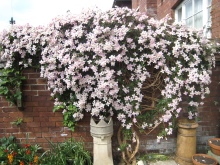

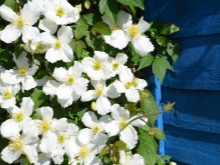
Description and characteristics
Mountain Clematis belongs to perennials. The homeland of its growth in its natural environment is the Himalayan mountains. The plant is perfectly adapted to the harsh mountain climate and feels comfortable at an altitude of 2000 meters above sea level. On the basis of natural material, breeders were able to develop new varieties of this plant. The most popular of them are "Rubens", "Marjorie", "Elizabeth".
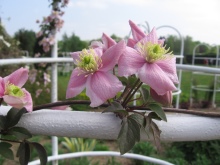
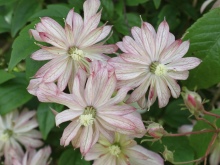
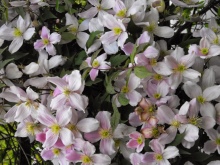
Florists use this beautiful vine when decorating their plots, decorating gazebos, terraces, porch canopies and just walls of buildings with it. The isolated planting of clematis with the help of supports also looks amazingly beautiful. A stationary support is installed on the site, clematis is planted next to it, which, in the process of growth, wraps around the frame and creates a chic flowering island, adjustable by the support frame in shape, height and diameter.
With such flowering arches, you can zone a personal plot, create romantic corners for relaxing in the shade of a beautiful fragrant plant.
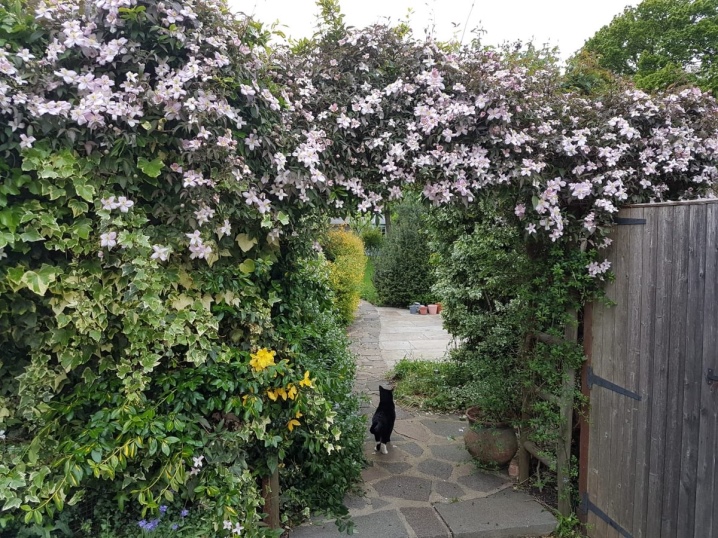
Clematis looks very beautiful against the background of other plantings with dark green foliage. Clematis is called a wall climber, as it clings tenaciously to any vertical surfaces, directing its shoots upward. The vine is attached to the supports thanks to the leaf petioles. Soft mobile shoots, growing up, become strong and woody. An adult liana can grow up to 8 meters long.
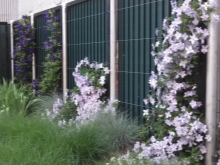
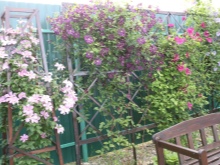
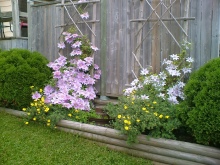
Mountain clematis is a flowering plant. The flowers are quite large, reaching 6 centimeters in diameter. The flower has 4 widely spaced petals, which are placed on a horizontal plane. Flowers are located on thin peduncles and are grouped into lush inflorescences from 2 to 5 pieces. Clematis leaves opposite, they have a serrated edging. Their length reaches 10 centimeters. In autumn, the leaves turn yellow and fall off. Abundant flowering of the plant occurs in late spring. It has a delicate aroma reminiscent of a vanilla scent.
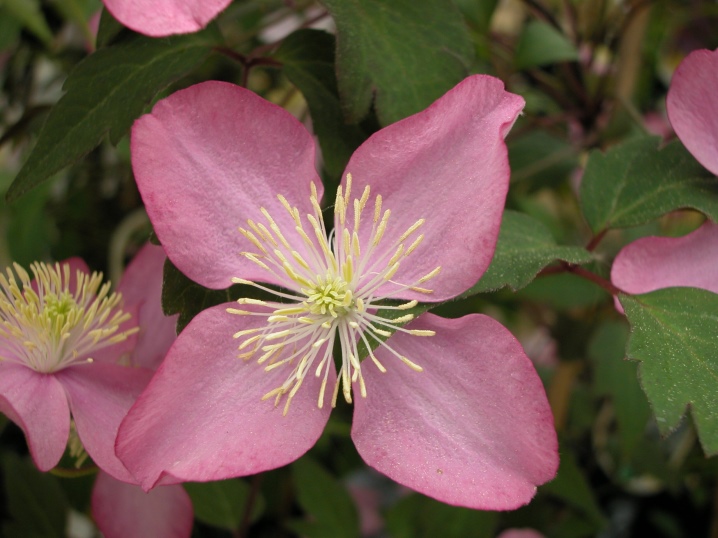
Popular varieties
Clematis is recognized as the best among the varieties. Rubens... Its vine can reach 10 meters. Its stems are purple, and the leaves, reaching 15 centimeters in size, have a beautiful green color with a bronze tint. The flowers of the variety are red-pink or purple.

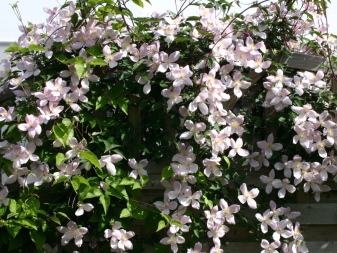
Clematis varieties "Marjorie" also belongs to the Montana group. Its liana is about 6 meters long, and the flowers are copper-pink-salmon in color. "Elizabeth" Is a fast growing variety of clematis. This variety also has abundant flowering. Its flowers are pink. It should be noted that this is a thermophilic variety, therefore, it requires particularly careful care in preparation for winter.
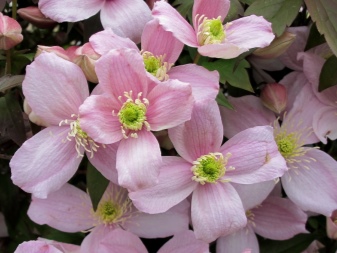
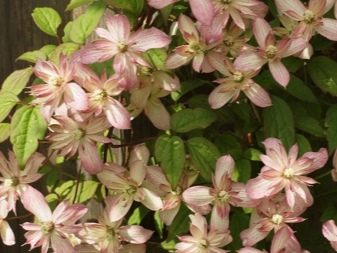
Landing
Proper planting guarantees a lush, long-lasting flowering of the plant. Clematis can feel good in the same place for many years. Particular attention should be paid to the choice of landing site and the soil used. The clematis site should be well lit.
The soil should be thoroughly loosened, it should be fertile and have good drainage. You can use ready-made special soil for clematis, or you can prepare it yourself. To do this, mix the soil from the planting pit with peat, sand and compost in a ratio of 1: 1: 2.
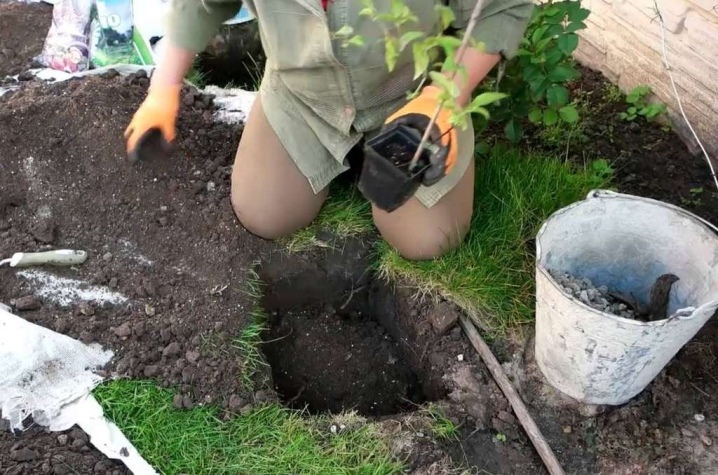
If the soil in the area is very light, the amount of soil can be increased. As a fertilizer, superphosphate (100 g), complex mineral fertilizer (200 g), ash (200 g), bone meal (100 g) and chalk (150 g) are used.
The depth of the planting hole is dug out by about 30 centimeters. When planting with a support, first the root is buried 10 centimeters, after which the stem is attached to the support. The plant will feel best when it is at least 60 centimeters away from other plants. The flower can be planted both in open ground and in a container. Planting can be done at any time during the growing season.
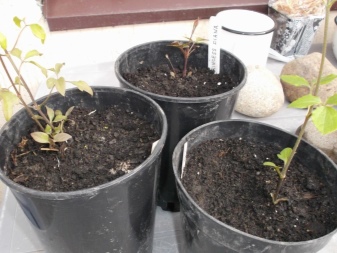
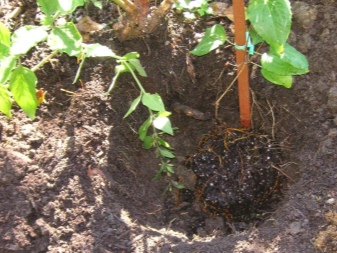
Care
Clematis loves moderate soil moisture. This should be taken into account when organizing watering. At the very beginning of spring, watering with lime water is recommended. To do this, 200 g of lime is diluted in 10 liters of water. This mixture is enough for 1 sq. m of soil. During the hot period, clematis should be watered quite often, but little by little. When watering with a hose, it is necessary to control so that the stream of water is not directed into the middle of the bush. Young plants need more watering. For an adult plant, 1-2 times a week is enough. You should be guided by weather conditions, avoiding both drying out and waterlogging of the near-root soil.
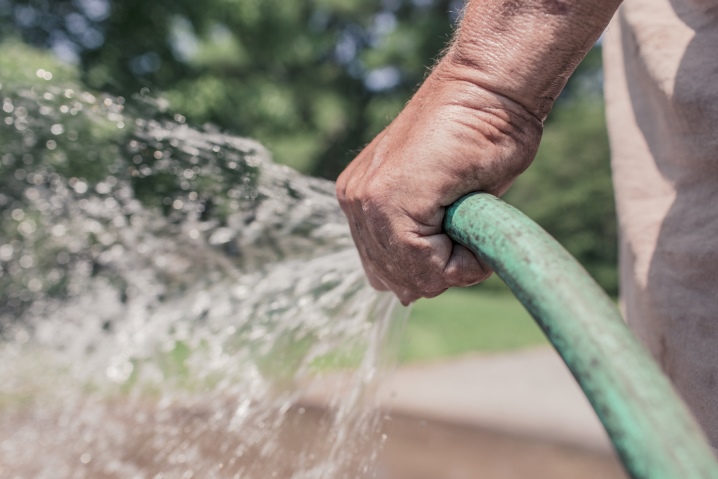
Loosening of the soil and timely removal of weeds around it will be beneficial for the plant. Young bushes do not need feeding, and fertilizers are useful for adult plants during the growing season. For this purpose, mineral and organic feedings are alternated. Plants are usually fed after watering. When using mineral fertilizers, they are diluted at the rate of 10 liters of water and 30 g of top dressing.
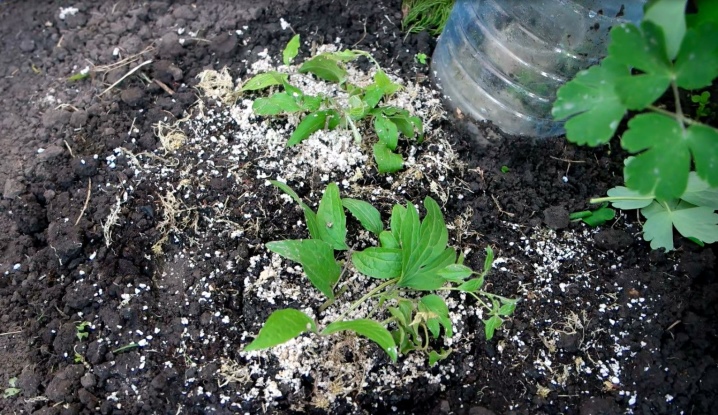
Effectively using fermented mullein, it is diluted with water 1: 10. In summer, you can water the plant with a weak manganese solution or a solution of boric acid (1-2 g per 10 l of water). After fertilizing and watering, the soil needs to be mulched. Before wintering, the plant is freed from supports, cut and insulated. For this purpose, use dry grass, foliage, spruce or pine spruce branches, or other improvised material.
Annual pruning allows you to preserve the decorative features of the plant. The type of pruning depends on the varietal variety of the flower.
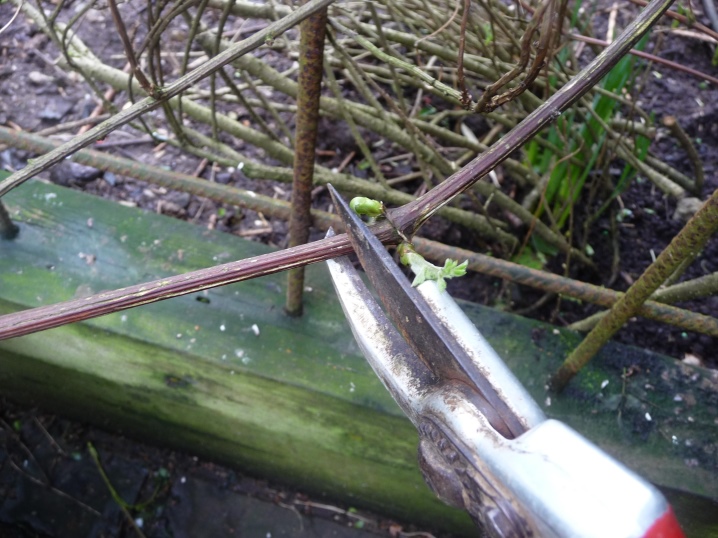
The flowering of mountain clematis is based on last year's shoots, so the lash should be shortened by 20-50 centimeters. This will stimulate the emergence of new shoots.
Growing secrets
Propagate clematis can be done in 4 ways:
- seeds;
- rooted cuttings;
- layering;
- dividing the bush.
The most time consuming and difficult method is seed propagation. To improve germination, experienced flower growers recommend watering the sowing with a solution of boric acid or potassium permanganate. This should be done every 2 weeks.



When propagating by cuttings, shoots with 1-2 internodes should be chosen. Cut them off after the beginning of flowering. The middle part of the lash is best suited for this.
To accelerate the appearance of roots, it is best to use a growth stimulator by placing a stalk in it for a day. When propagating by layering, young shoots up to 30 centimeters are used. The shoot fits into the groove, and the places with internodes are covered with earth, the top with several leaves remains. The cuttings are cut off and replanted in early spring.
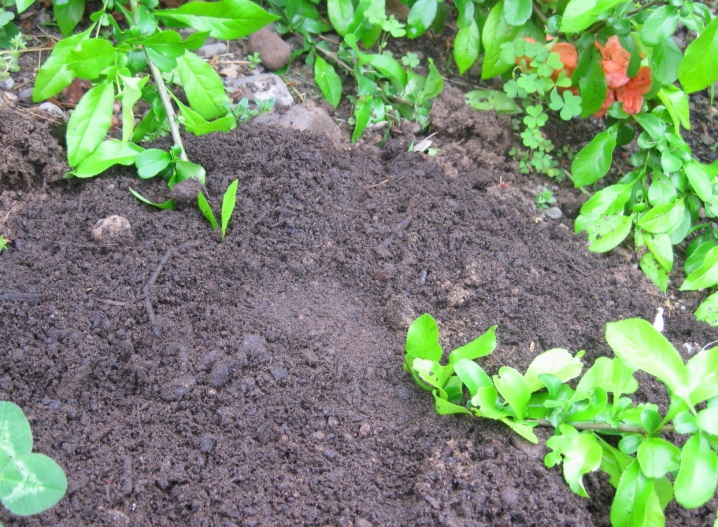
Watch a video on the topic.







































































































The comment was sent successfully.